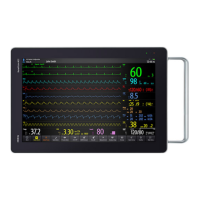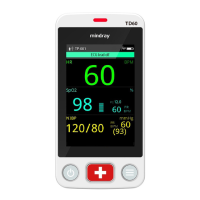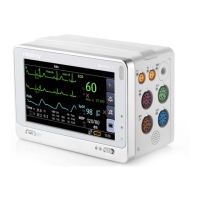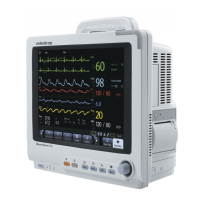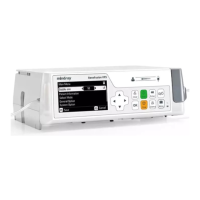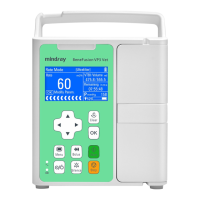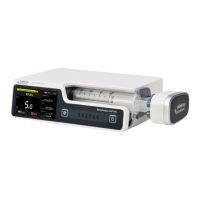BeneVision N1 Patient Monitor Operator’s Manual 3 - 3
• Use the cable retainer to secure the power cord to prevent it from falling off.
• Use AC power source when the N1 is in use with the Dock.
3.4.2 Connecting the Input Devices
Connect the mouse, keyboard, and/or barcode reader to the USB ports on the rear of the Dock if necessary.
3.4.3 Installing the External Parameter Module
If an external parameter module is needed, refer to section 2.8.1Installing the N1 or External Parameter Module
into the Modular Rack for installation.
3.4.4 Turning on the Monitor
Before beginning measurements, turn on the monitor, perform the following inspections:
1. Check the monitor for any mechanical damage. Make sure that all external cables, plug-ins and accessories
are properly connected.
2. Connect the monitor to the AC power source using AC adapter or Dock. Make sure the battery power is
sufficient if the monitor is powered by the battery.
3. Press the power switch to turn on the monitor.
The monitor automatically performs a self test at startup. Check that the alarm tone is heard and the alarm lamp
illuminates, one after the other, in red, yellow, and cyan. This indicates that the visible and audible alarm
indicators function correctly.
• Check that visual and auditory alarm signals are presented correctly when the equipment is
powered on. Do not use the patient monitor for any monitoring procedure on a patient if you
suspect it is not working properly, or if it is mechanically damaged. Contact your service personnel
or Mindray.
,
• For first use, connect the monitor to the AC power source and then turn on the monitor to activate
the battery.
• The time for the monitor to warm up from the minimum storage temperature between uses until the
monitor is ready for its intended use is 10 minutes when the ambient temperature is 20 °C.
• The time for the monitor to cool down from the maximum storage temperature between uses until
the monitor is ready for its intended use is 10 minutes when the ambient temperature is 20 °C.
3.5 Operation and Navigation
Everything needed to operate the monitor is on its screen. Almost every element on the screen is interactive.
Screen elements include parameter values, waveforms, quick keys, information fields, alarms fields and dialogs.
Often you can access the same element in different ways. For example, you can access a parameter dialog by
selecting the corresponding numeric area or waveform area, or by selecting the Main Menu quick key → from
the Parameters column select Setup.
3.5.1 Using the Touchscreen
You can use the touchscreen to select a screen element by pressing directly on the monitor’s screen. To avoid
accidental use, the touchscreen is locked in the following situations:
■ The touchscreen is not used in 60 seconds when the N1 runs on battery and is not connected to an external
display.
■ Select the Unlock quick key , and swipe the slider up as instructed.

